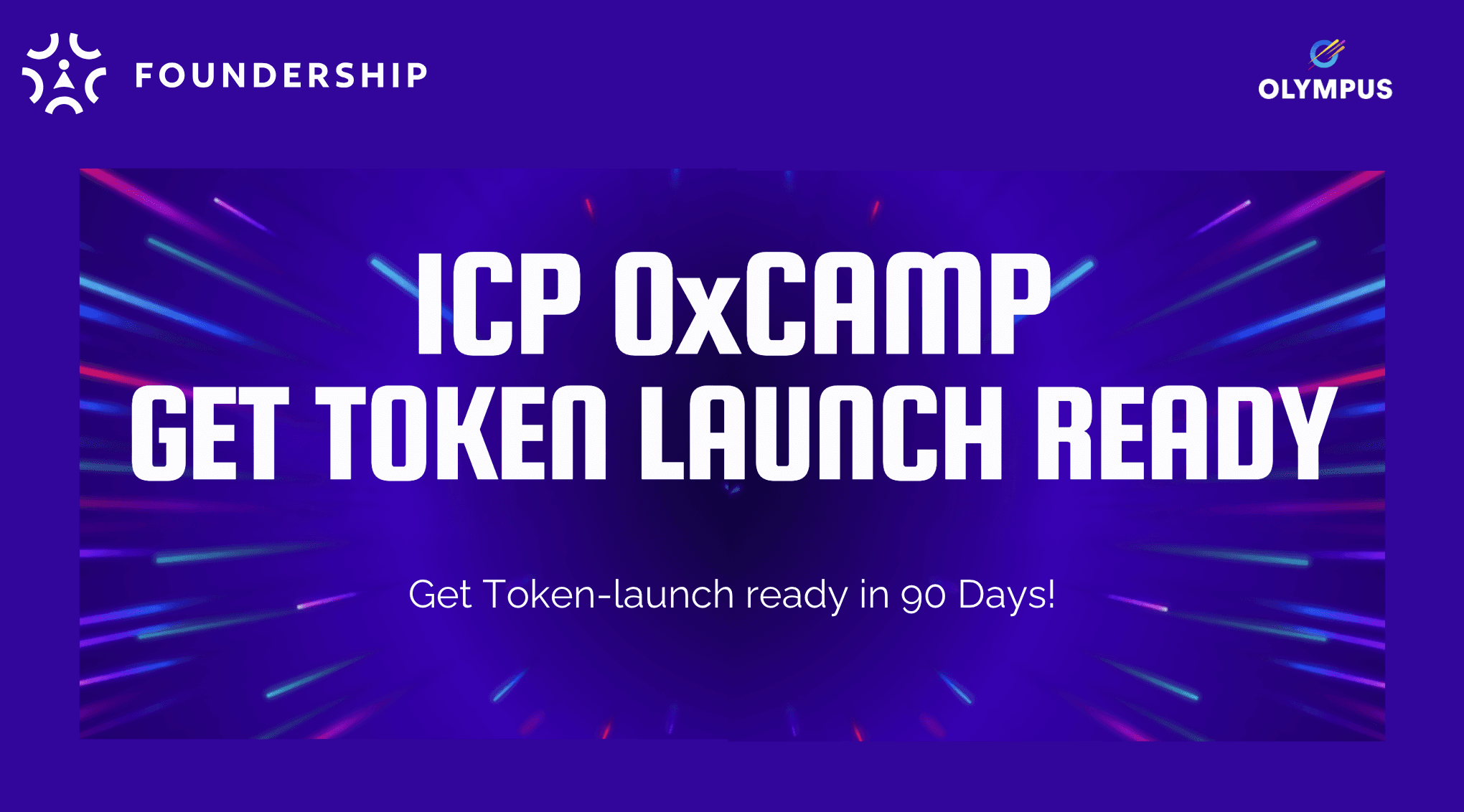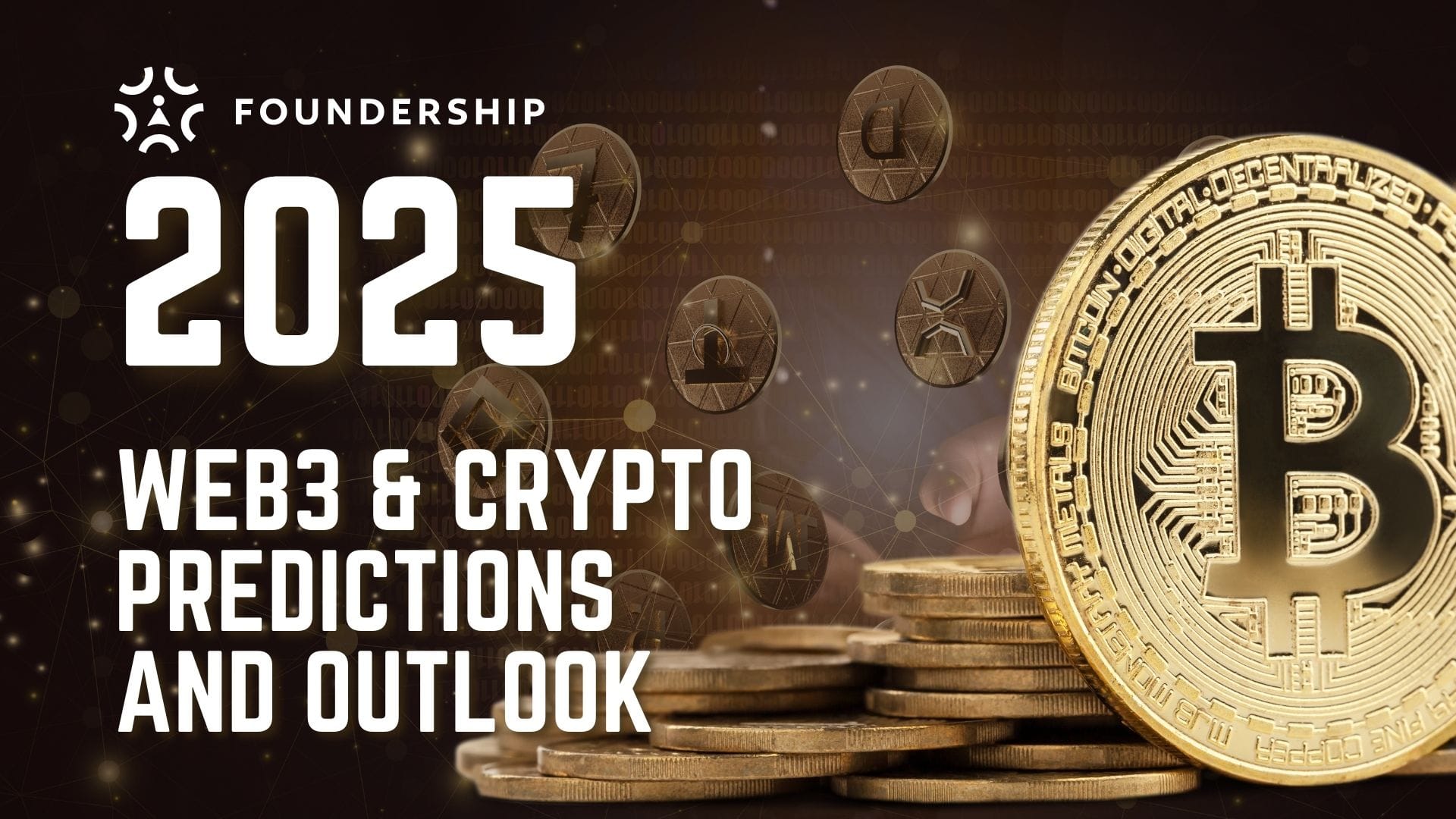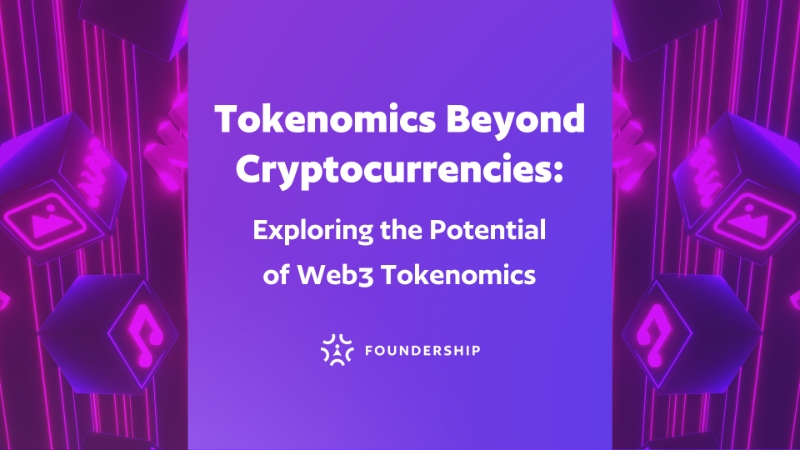
I know you are tired of hearing the same old cryptocurrency buzzwords.
Let's face it, the novelty of "blockchain" and "Bitcoin" has worn off.
And now for you as a web3 startup founder, it's time to go beyond the basics and embrace the next level of tokenomics.
Enabling crypto payment in your product may have seemed like the obvious first step in incorporating web3 into your startup.
But in this article, let’s dive into the deep end of the pool, and explore the exciting potential of web3 tokenomics.
What Is Tokenomics?
Whenever you visit a shop, you choose the required items, pay the money, get the items and the deal is done!
But let’s say you visit a restaurant where they have a token system. You pay the money and get their tokens first. Now with a particular token, you can get a beverage, with another token you get your meal, etc.
This opens up a unique scope for gamifying the transactions within the restaurant.
When this is applied in the digital world and the token system is decentralized, it’s called tokenomics!
Tokenomics is all about the study of how digital tokens work within a particular ecosystem.
It involves designing and managing the supply, demand, and distribution of tokens to incentivize specific behaviours or actions from users.
In simple terms, tokenomics is like gamifying a business with -
● Rules
● Rewards, and
● Incentives
…to encourage users to participate and contribute to its success.
By understanding tokenomics, we can create more sustainable and engaging business models in the web3 space.
Types of Tokens and Their Uses
Not all tokens are the same.
Different types of tokens serve different types of purposes.
Let’s look at 4 types of tokens that can be integrated into your ecosystem.
1. Utility Tokens
They are designed to provide access to a specific service or product within your web3 project.
They do not need mining to come into existence like NFTs or cryptocurrency and can be pre-mined by you (web3 project leaders).
They are like VIP passes in the web3 world. Users owning them can avail or utilize features that are restricted for general users otherwise.
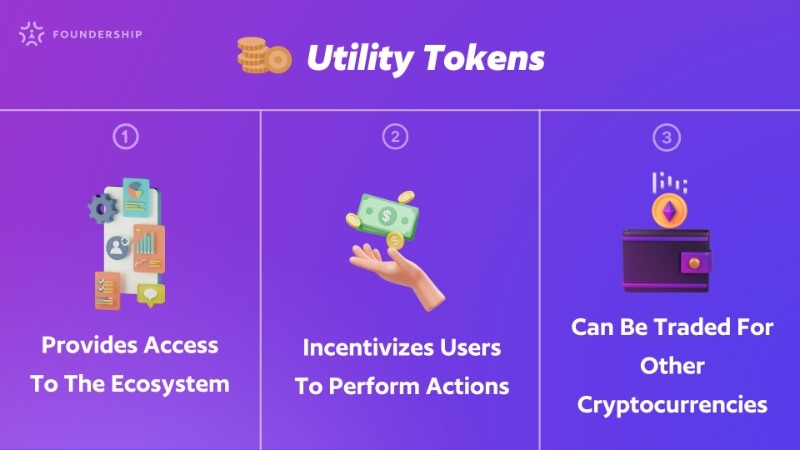
Example of a Utility Token
Filecoin, a decentralized storage network uses a utility token called FIL to incentivize users to provide storage space and bandwidth.
Storage providers can also earn FIL by proving that they are storing files correctly and providing reliable service to the network.
This creates a system of incentives that encourages users to participate in the network.
2. Security Tokens
They are used to represent ownership in an asset, such as real estate, stocks, bonds, etc. and provide investors with ownership rights.
Security tokens tokenize traditionally illiquid assets, making them easier to buy and sell on the blockchain.
They can also be used to provide investment opportunities in companies, allowing investors to own equity in the company and receive dividends or voting rights.

Example of a Security Token
An alternative asset investment platform like Zoth uses security tokens to enable fractional ownership of properties.
By purchasing security tokens, investors can gain fractional ownership in a real estate asset and receive dividends based on the property's performance.
3. Governance Tokens
This type of token is used to enable voting and decision-making within a decentralized community or organization.
They are a powerful tool for enabling decentralized decision-making and ensuring that blockchain networks are managed in a democratic and transparent way.
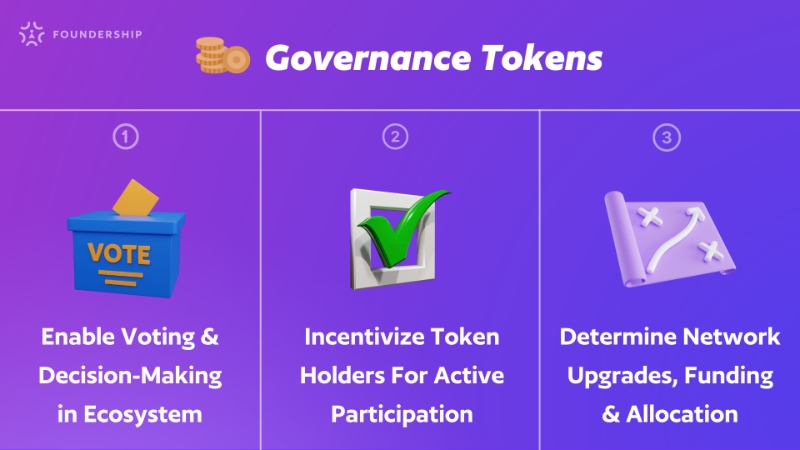
Example of a Governance Token
MakerDAO (MKR) is a decentralized autonomous organization (DAO) that uses a governance token to enable its community members to vote on key decisions related to the operation of the network, such as changes to the protocol or the allocation of funds from the network's treasury.
MKR holders can use their tokens to participate in governance decisions and are rewarded for their participation with additional MKR tokens.
This incentivizes community members to participate in the governance process and ensures that the network is managed in a decentralized and transparent manner.
4. Non-Fungible Tokens (NFTs)
While a few tokens (like cryptocurrencies) are interchangeable between users, NFTs are unique digital assets that are stored on a blockchain network.
Each token is one-of-a-kind and cannot be replicated or exchanged for another asset on a one-to-one basis.
NFTs can also be used for a variety of other purposes, such as verifying the authenticity of physical assets, providing ownership of digital assets, etc.
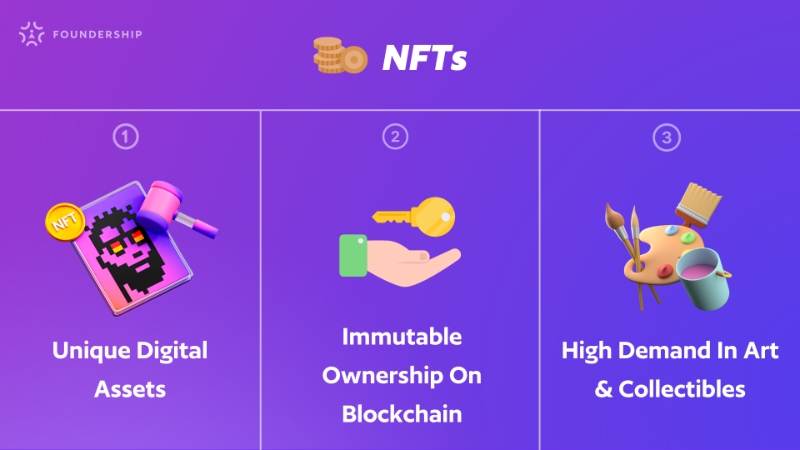
Example of NFTs
CryptoKitties is a popular web3 game that allows users to buy, sell, and breed digital cats using NFTs.
Each CryptoKitty NFT is unique and has its own set of attributes, such as fur colour, eye shape or the ownership of a digital cat itself.
The Potential of Web3 Tokenomics
Tokenomics opens up a tremendous possibility for web3 startups to create engaging & sustainable business models.
Not one, but endless possibilities!
It's time to explore and experiment with these 4 exciting models.
1. Incentivizing User Engagement
Tokenomics can be used to incentivize users to engage with the network through rewards, staking, or other gamification mechanisms.
You can create a more engaged and active user base by providing users with a tangible benefit for contributing to the network.
How Exactly?
- Offer tokens as rewards for performing specific actions by users
- Create a referral program to incentivize users to make others join your network
- Allow users to stake tokens to gain access to additional features or benefits
You can create scarcity of these tokens by limiting their supply.
2. Governance
Tokenomics can enable decentralized governance models where token holders have a say in the network's decision-making processes.
By giving users a voice and a stake in the network's success, you can create a more democratic and transparent ecosystem.
How Exactly?
Start by defining the governance structure. Establish decision-making process, voting rights and roles of stakeholders.
- Design & create a unique token representing voting rights needed for decision-making.
- Finally, release the tokens and ensure their fair distribution.
3. Reputation Systems
Tokenomics can also be used to create reputation systems where users can earn reputation points based on their contributions to the network.
By creating a reputation-based system, you can incentivize users to contribute high-quality work and discourage bad actors from participating in the network.
How Exactly?
Determine the metrics and factors that will be used to measure user reputation in your ecosystem
- Create a token that represents user reputation and can be earned or lost based on their behaviour and contributions
- Implement the reputation system into your dApp, ensuring it is fair and transparent, and incentivizes positive behaviour
4. Impact Investing
Finally, tokenomics can be used to enable impact investing in web3 startups.
By creating tokens that represent real-world assets or social impact projects, you can create a new form of investment that aligns with investors' values and incentivizes social and environmental impact.
How Exactly?
- Determine the social or environmental impact goals that the application wants to achieve and how they will be measured
- Create a unique token that represents the impact investment and is linked to achieving the impact goals
- Release the token and monitor the progress towards achieving the impact goals, ensuring transparency and accountability
Challenges and Risks of Tokenomics
Implementing tokenomics in your web3 ecosystem can come with its own set of hurdles and uncertainties.
Here are a few risks & challenges that you should be aware of -
● Fair token distribution is challenging due to factors like early adopter advantage, network effects, and mining power centralization.
● Token price volatility can impact ecosystem value and investor confidence, hampering user and investor acquisition.
● Regulatory uncertainty and legal risks can hinder the growth of startups by creating instability in the tokenomics landscape.
● Token holder concentration can cause centralization and oligarchy, going against the decentralized nature of web3 ecosystems.
Tokenomics Best Practices
Despite the above-mentioned challenges involved, implementing tokenomics in the right way can take your web3 startup to a whole new level.
Here are the best practices to help you create a fair, transparent, and sustainable ecosystem -
● Clear tokenomics design: Define the purpose of the token, how it will be used, and how it will be distributed.
● Fair distribution: Distribute tokens in a fair and transparent manner to avoid centralization and maximize participation.
● Scalability and flexibility: Design the tokenomics model with scalability and flexibility in mind to adapt to changing market conditions and ecosystem needs.
● Ongoing management and monitoring: Continuously monitor the tokenomics model to identify any issues and make necessary adjustments, while maintaining transparency and accountability to stakeholders.
Shift The Orbit For Your Web3 Startup
Tokenomics can be tricky, but if done right, it can take your dApp or marketplace to the next level.
By following the best practices mentioned above, you can create a thriving ecosystem that benefits both your users and your business.
However, if you're still feeling lost, consider joining our free 3-month web3 incubation program 0xCamp.
Our team of leaders and experienced coaches will help you head in the right direction and provide you with - the coaching, capital & community that you’ll need to succeed.
Don't let scepticism hold you back - join 0xCamp today and shift orbit for your web3 startup!
